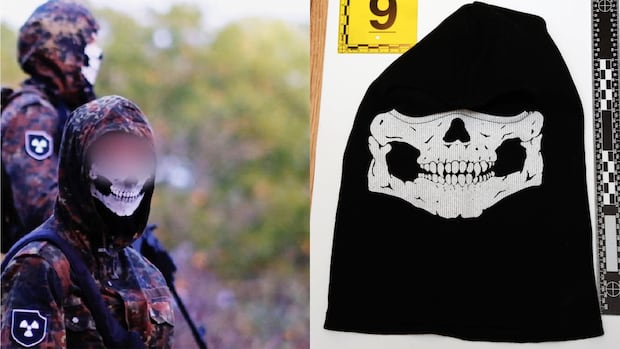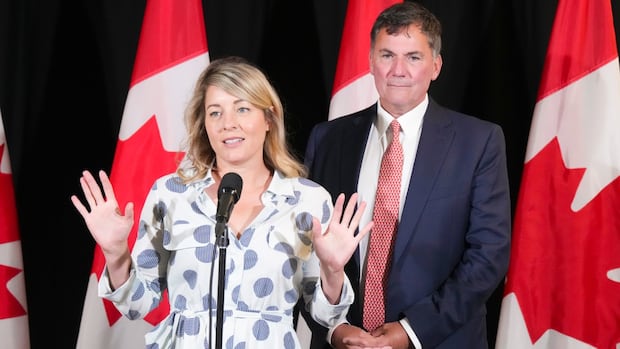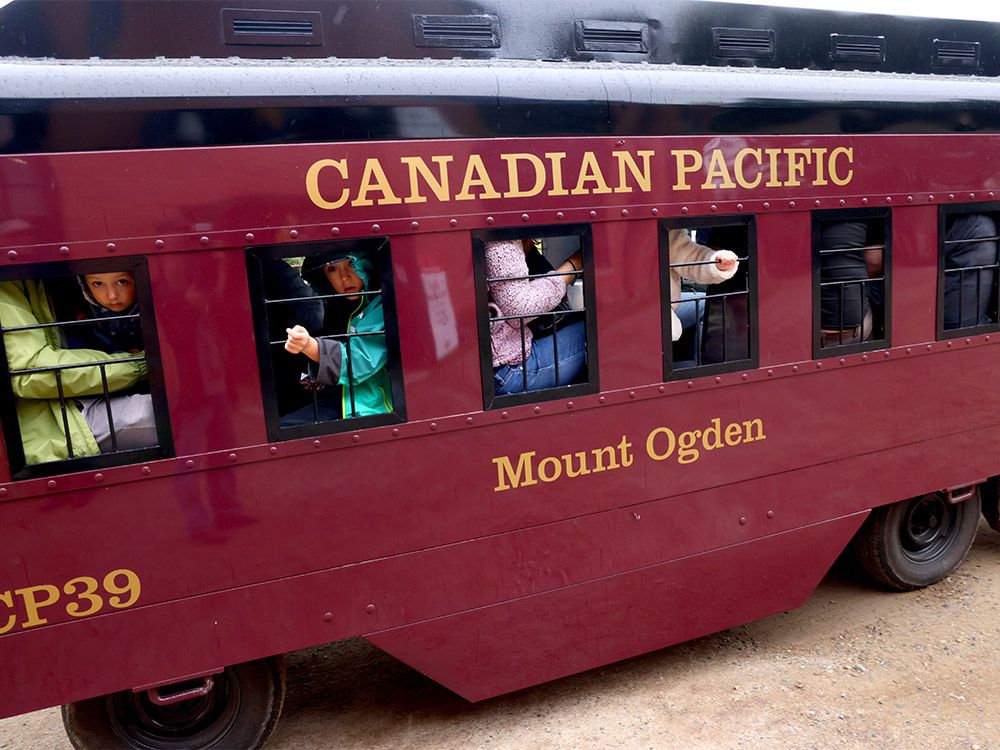Freeland announces she’d meet NATO spending benchmark by 2027
Chrystia Freeland, a Liberal leadership contender in Canada, has unveiled an ambitious plan to meet the NATO benchmark defence spending target of two per cent of gross domestic product by 2027. This is five years ahead of the federal government’s current plan. Freeland aims to achieve this goal by increasing the size of the military to 125,000 members from the current authorized strength of 101,500. Additionally, she plans to raise the wages of full-time, regular troops by 50 per cent.
The announcement by Freeland comes in the wake of similar pledges from other Liberal leadership candidates. Mark Carney, a former Bank of Canada governor, pledged to hit the target by 2030, while Karina Gould, a former Liberal House leader, also committed to reaching the goal by 2027.
Freeland’s strategy involves giving the Armed Forces new capabilities, building made-in-Canada supply chains, and reforming procurement processes to expedite equipment delivery. She emphasized the urgency of increasing defence spending to defend sovereignty, meet international commitments, and support military personnel.
Currently, Canada plans to spend just over $33 billion on defence in 2024-25, which is approximately 1.37 per cent of GDP. Freeland’s proposal includes a significant increase in military spending to reach the two per cent target, requiring an annual investment of $81.9 billion. To facilitate this, she suggests exempting defence procurement from Canadian International Trade Tribunal oversight and using urgent operational requirement exemptions.
While Freeland advocates for a shift towards buying Canadian-made products, Defence Minister Bill Blair and Innovation Minister François-Philippe Champagne were in Washington promoting deeper cooperation with the U.S. defence industry. They highlighted the integration between Canada and the U.S. defence industrial base and emphasized the importance of maintaining this relationship.
Freeland’s plan also includes a faster recruitment strategy to address the military’s struggle to reach its authorized strength. The recruitment system has faced challenges, with fewer applicants enrolling than expected. The overhaul of the recruiting system is being funded through internal reallocation of financial resources, with some new measures not yet funded.
In conclusion, Freeland’s proposal represents a significant commitment to increasing defence spending in Canada and strengthening the military. By setting an ambitious target and outlining specific strategies, she aims to ensure that Canada meets its NATO obligations while supporting the men and women in uniform.




